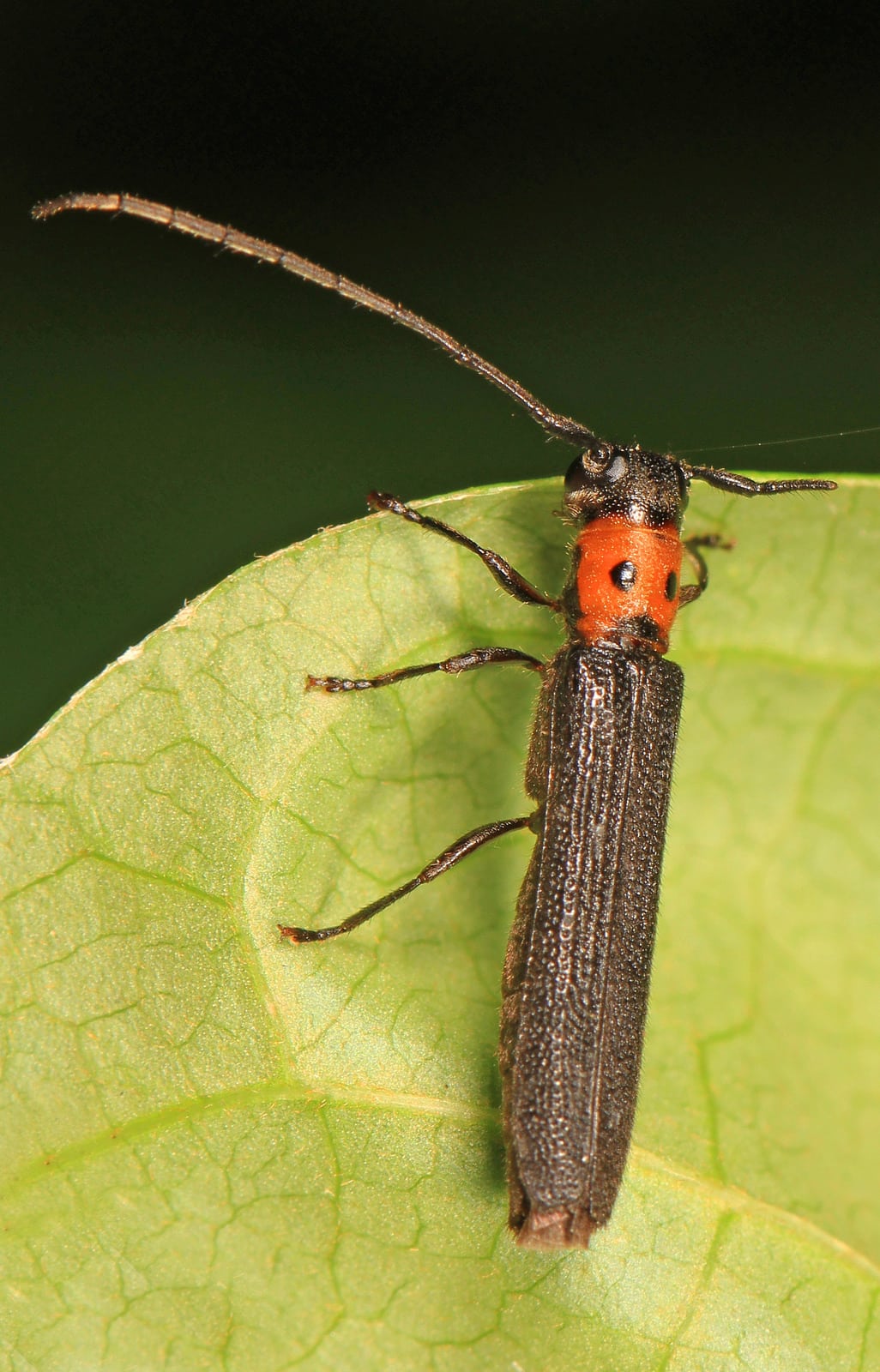Raspberry Cane Borer Info: Learn About Cane Borer Control


There are several species of insect pest that go by the name “cane borer” and feed on cane crops like raspberries and blackberries. Depending upon the variety of cane borer you’re looking at, the problem can be easily manageable to severe. Keep reading to learn more about the different types of cane borer and effective methods of cane borer control.
What is a Cane Borer?
There are several species of insect that are considered cane borers. These include the raspberry cane borer (Oberea perspicillata), the red-necked cane borer (Agrilus ruficollis) and the bronze cane borer (Agrilus rubicola). Both the red-necked and bronze varieties are types of flat-headed borers.
Raspberry Cane Borer Info
Raspberry cane borers are beetles that live their entire life cycle on cane plants. They are laid as eggs just below the tip of the plant. When they hatch into larvae, they burrow down through the cane and overwinter in the plant’s crown. In the spring, they enter the soil and emerge as adult beetles, black and about half an inch (1 cm.) long. Raspberry cane borer damage usually first appears as wilted or blackened tips, followed by canes weakening or even failing. Evidence of raspberry cane borers is very distinctive: two girdled rings about half an inch (1 cm.) apart and six inches (15 cm.) from the tip of the cane. This marks the spot the female borer has pierced the cane and laid her eggs. Manual raspberry cane borer control is relatively easy and effective. Find affected canes and cut them an inch (2.5 cm.) or so below the lower girdle. The larvae spend the first year or so of their lives in this spot, so this method has a very high success rate. Burn any canes you remove in this way.
Flat-Headed Cane Borer Control
Both red-necked cane borers and bronze cane borers are small, about ¼ inch in length (0.5 cm.). They can be told apart by the colors that earn them their names. The distinct symptom of these borers is a swelling or gall in the cane, about 1 to 3 feet (.30 to .91 m.) off the ground, where the larvae burrow through the bark. Eventually, the cane above these galls will die. Managing flat-headed cane borers is best done by cutting and destroying the cane six inches (15 cm.) below the lowest gall in the late winter. This will kill the larvae before they have a chance to emerge in the spring as adults to lay more eggs.
Sign up for the Gardening Know How newsletter today and receive a free copy of our e-book "How to Grow Delicious Tomatoes".

The only child of a horticulturist and an English teacher, Liz Baessler was destined to become a gardening editor. She has been with Gardening Know how since 2015, and a Senior Editor since 2020. She holds a BA in English from Brandeis University and an MA in English from the University of Geneva, Switzerland. After years of gardening in containers and community garden plots, she finally has a backyard of her own, which she is systematically filling with vegetables and flowers.